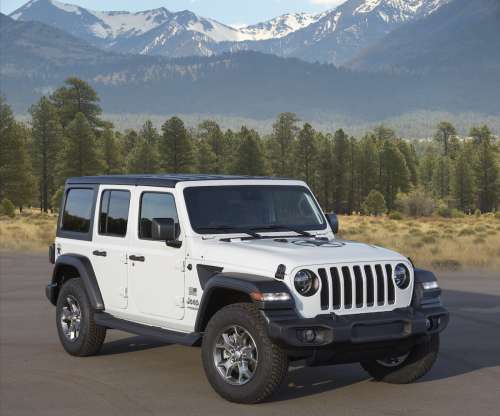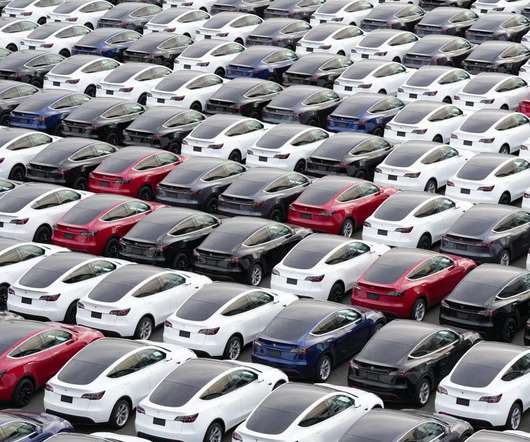SRI developing process for co-gasification of methane and coal to produce liquid transportation fuels; negligible water consumption, no CO2
Green Car Congress
DECEMBER 20, 2011
Researchers from SRI International (SRI) are developing a methane-and-coal-to-liquids process that consumes negligible amounts of water and does not generate carbon dioxide. If biogas is substituted for conventional natural gas, total GHG emissions can further significantly reduced (190 gCO 2 /mile). Lifecycle GHG comparison.



























Let's personalize your content